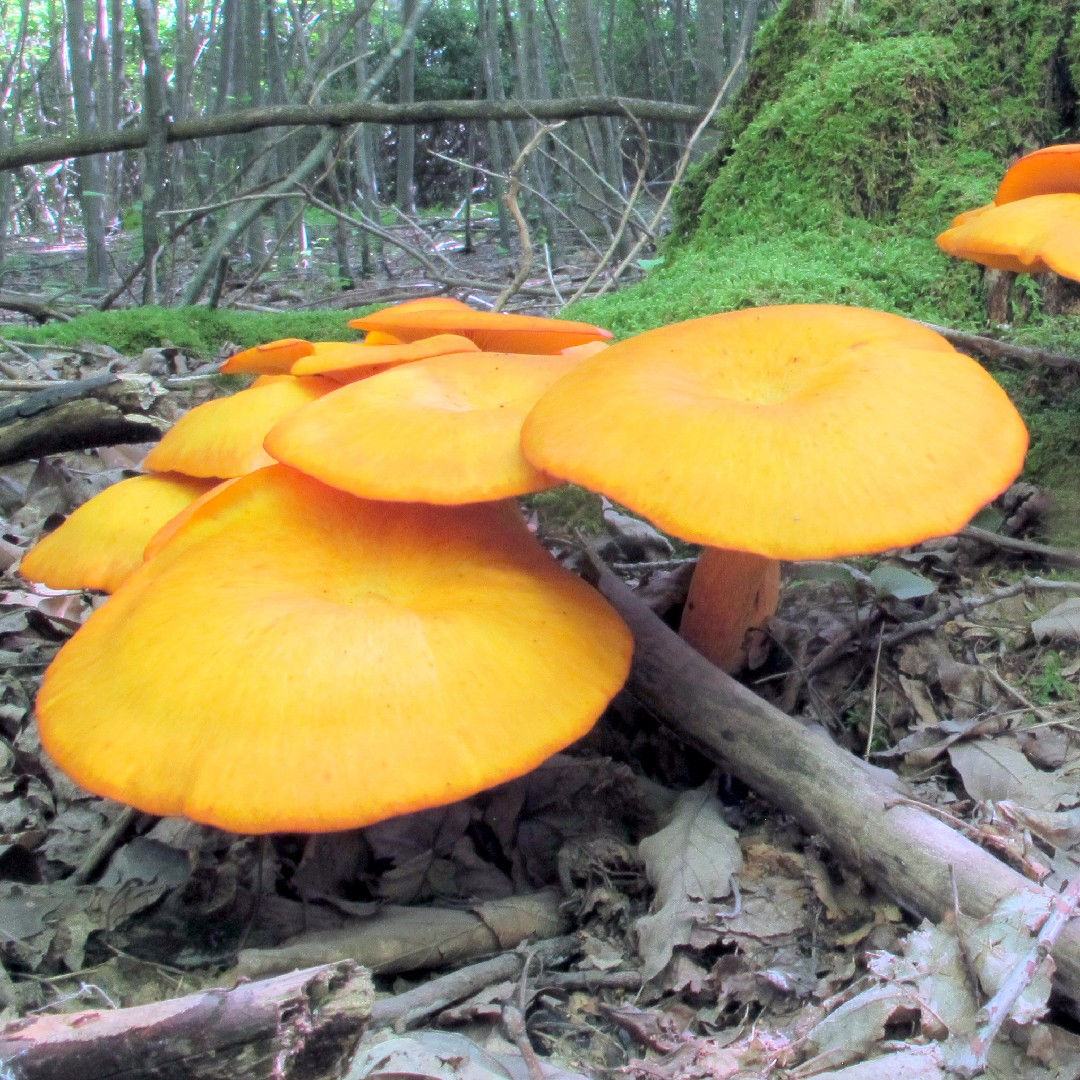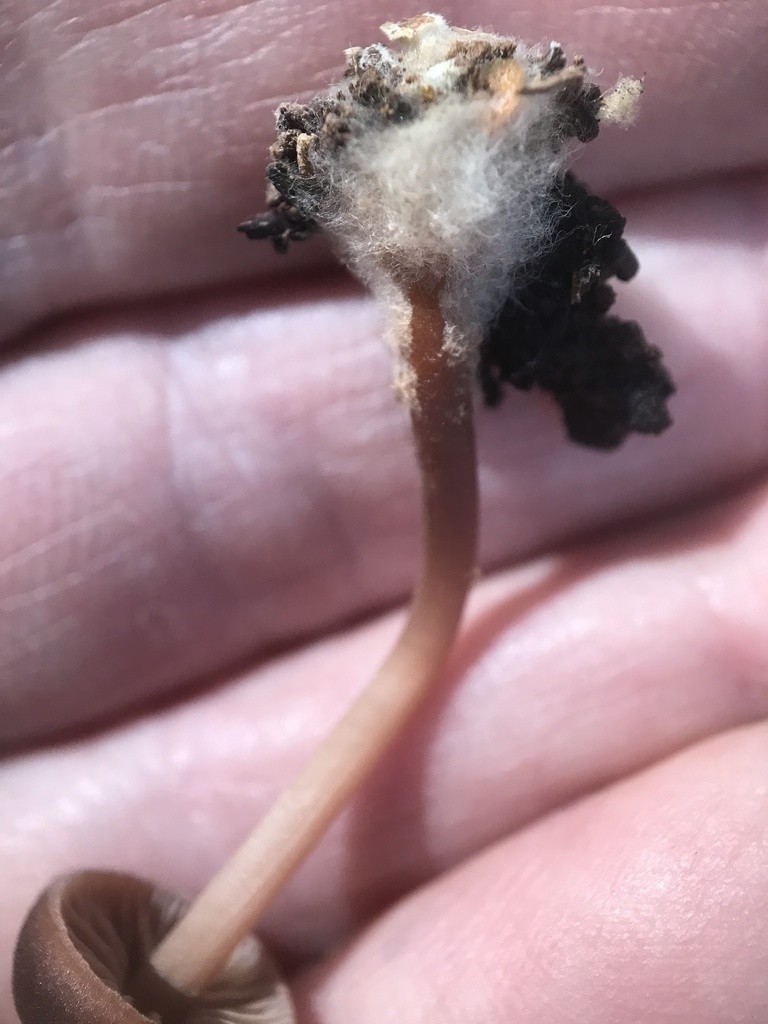Omphalotaceae
Nombre científico: Omphalotaceae
Omphalotaceae
Nombre científico: Omphalotaceae
 Photo By walt sturgeon (Mycowalt) , used under CC-BY-SA-3.0 /Cropped and compressed from original
Photo By walt sturgeon (Mycowalt) , used under CC-BY-SA-3.0 /Cropped and compressed from original Descripción
Los omphalotaceae son hongos caracterizados por sus esporas blancas y sus robustos tallos. Tienen la capacidad de encoger durante períodos secos para más tarde recuperar su tamaño. Algunas variantes, como la L. edodes (conocido comúnmente como shiitake) o la M. oreades, son comestibles. 

